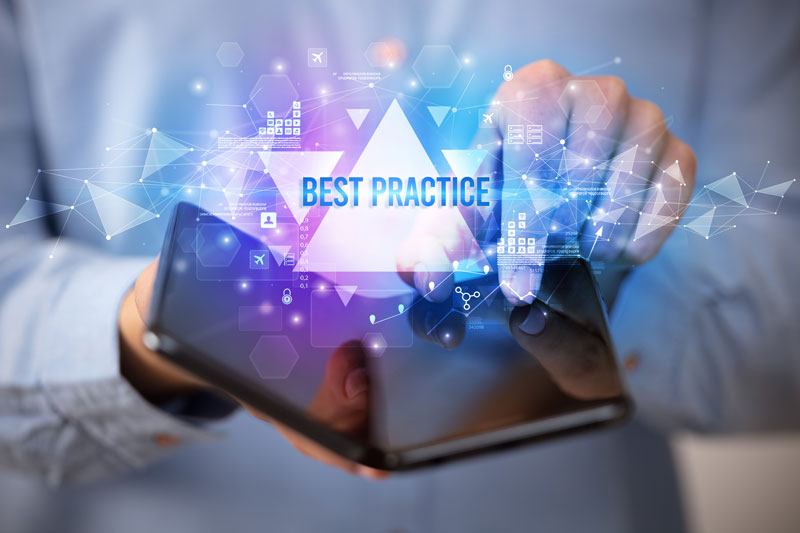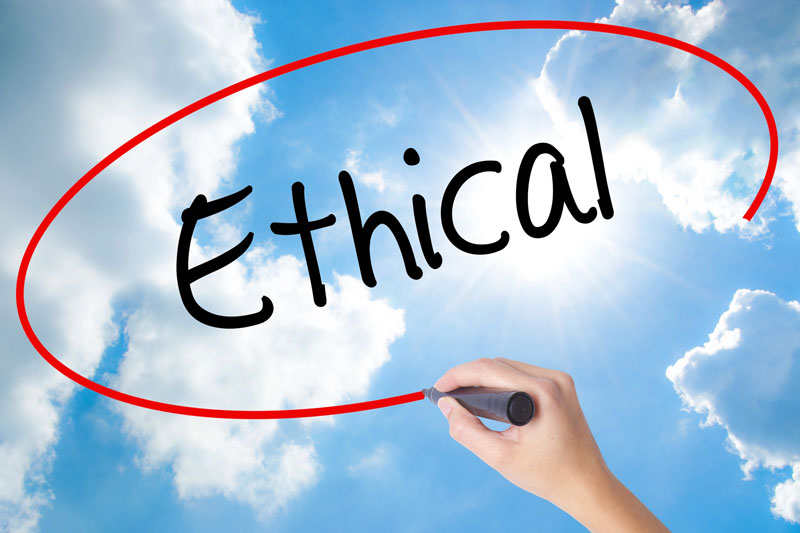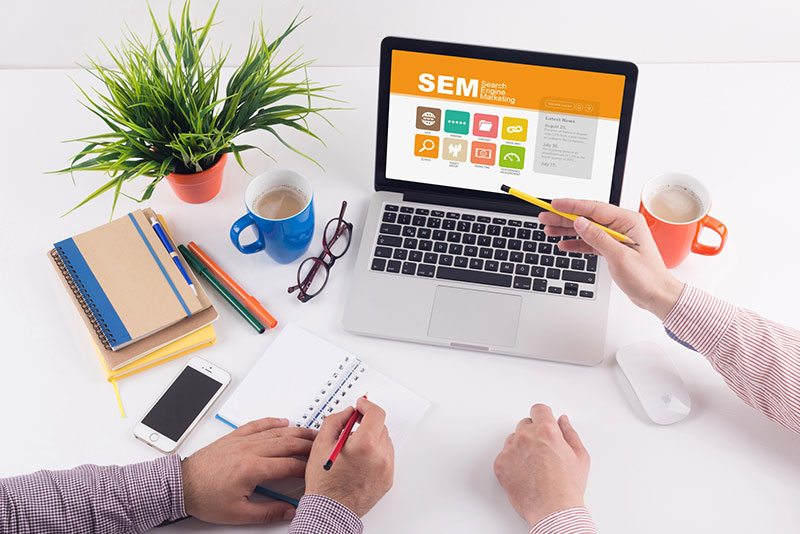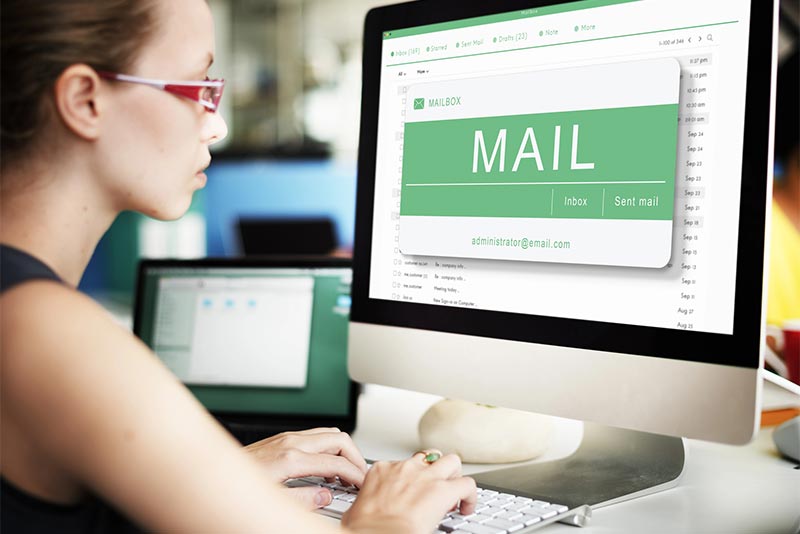The most luxurious amenities. The latest technologies. The value of these features of your aesthetics practice is diminished if your team is lackluster or if your “people” are not as committed to nor as aligned with your office’s underlying mission and principles as you are as a practice owner, administrator, or manager.
Elements to build top teams
Talent development giant, Gallup, has isolated several characteristics of a team that fuels a healthy office environment, morale, and patient/client trust and loyalty. All of these characteristics furthermore fuel robust sales, profitability, and a sustained, healthy bottom line. It is essential to identify, assess for, and accordingly address the following traits of successful, highly engaged teams:
- Awareness of each individual team member’s inherent strengths
- Celebrating and valuing what makes each team member an asset
- An understanding of the links between each person’s strengths and their behaviors
- A commitment to encouraging talent/strengths development
- The deployment of strategic “action steps” aligned with each person’s inherent talents and skills
- An open, consistent dialogue that supports and nurtures collaboration
Many of the above items are associated with self-awareness, decision-making capacity, interpersonal intuition, and other so-called “soft skills.” But soft skills have a solid impact on your practice’s bottom line. In fact, some researchers have isolated them as on par or even more important than technical skills in the right context. For instance, Google identified the following soft skills as key ingredients for success at the tech giant:
- Good communication and listening capacity
- The ability to “coach” and inspire
- An appreciation of others’ values and points of view
- Empathy for colleagues
- Critical thinking
- The ability to connect the dots across complex ideas and concepts
Other “technical skills”-oriented traits—such as education, training, science, and mathematical knowledge—all ranked last in terms of importance in Google’s “Project Oxygen” findings.
Of course, your team must have the training to perform that new technique or treatment or to operate that new handpiece or system. However, to take your teams and practice to the next level, you must cultivate the foundation for successful dialogue and relationships in the workplace (and your communities) on an ongoing basis.
The business case
The above elements or strengths do not just encourage “feel-good” notions of personal well-being/purpose and positive workplace morale. They make considerable dollars and cents sense. Teams who collectively understand, value, and address their strengths strategically are generally more engaged, and engagement is a powerful business attribute. Employee engagement is defined as “the involvement and enthusiasm in both one’s work and workplace.” Additionally, teams who embody these qualities largely outperform their peers or competitors who do not identify and encourage strengths, soft skills, engagement, and related attributes.
Gallup found that highly engaged teams who “mind the soft stuff” have:
- 18% greater productivity
- 23% more profitability
- 78% less absenteeism
- 21% less turnover
Groups that performed in the top rather than bottom quartile in engagement and related qualities also generally outperformed in other key indicators, including fewer incidents of theft and quality issues and favorable safety and customer/patient loyalty experiences.
Getting started
You are already well on your way to building and maintaining top teams because you are taking the first steps to understand the importance of those skills that transcend continuing education. Now, take a deeper dive at the current state of your workplace:
- Ask your team members about their perceptions of the workplace.
- Ensure they have a safe space to share concerns and to be open and honest with you.
- If they are afraid to speak honestly, that is a red flag. Everyone should have psychological safety in the workplace and should not fear judgment, retribution, or hostility.
- Go beyond a superficial understanding of or an assumption of what you may think is a specific team member’s strengths. For instance, Jane may tell you that she is very good at “organizing.” However, organization means different things to different people. Or, you may assume that Jane is strong in organization because she is often considered the “glue” that holds your office together. But have you asked Jane directly about her strengths? She may tell you something different and/or more detailed that could be harnessed to improve her working relationships and the team dynamics as a whole.
We also encourage our aesthetics practice partners to:
- Provide opportunities for like-minded or well-aligned employees to work together. This allows your talent’s strengths to complement each other and effectively “wow” the patient with their level of care and service. Additionally, such intentionality in pairing team members on certain projects or patient touchpoints helps forge strong bonds between associates and the team.
- Revisit your mission, purpose, and vision. Ensure everyone is on the same page. As a team, develop a few goals that sync with your practice’s underlying values. Set deadlines so they do not “sit on a shelf,” collecting dust.
- Build accountability into your goal-setting. Make sure everyone is aware of their responsibilities. Based on team members’ skills and what they do best, assign staff who can continuously assess progress as deadlines approach. As we always say, what gets measured gets managed. You cannot support success without a clear understanding of areas for improvement and, likewise, areas of promise at given points in time.
- Encourage regular and open dialogues throughout the process about any challenges your team may be facing. By talking through those challenges, you help avoid conflicts down the road and foster better, healthier ways to work together as a team.
- Put your quality standards in writing. What does quality care mean to you? Do not assume this is a commonsense attribute. There is power in articulating these positive traits.
With this foundation, you can put into motion best practices to elevate what you already do well while also resolving those weak areas. There are generally far greater rewards to be had in encouraging natural strengths rather than dwelling on improving upon one’s inherent weak areas.










